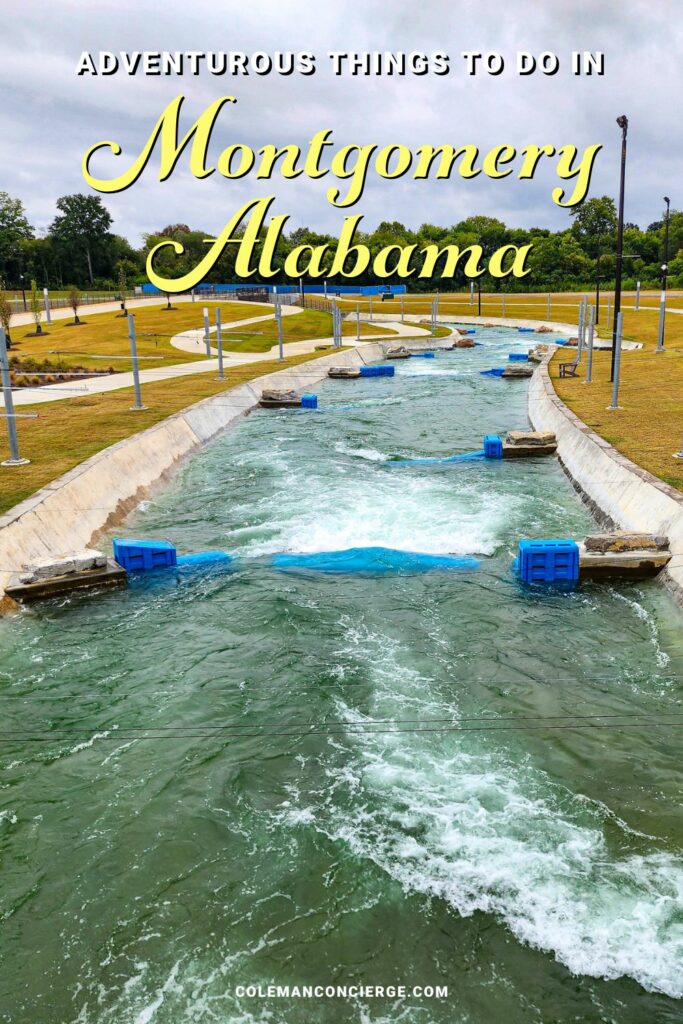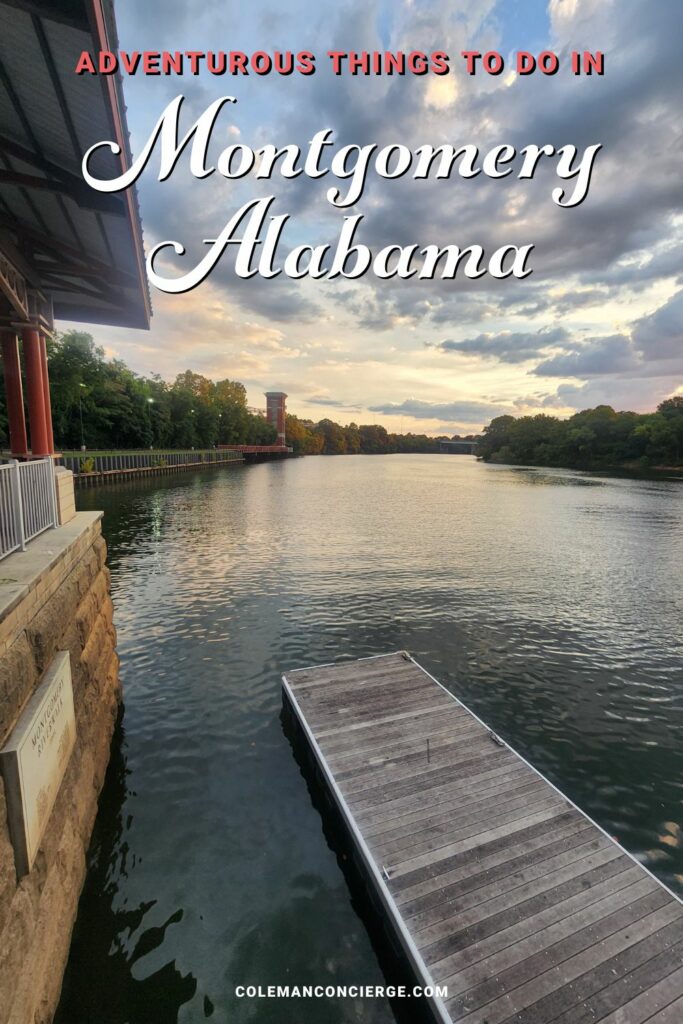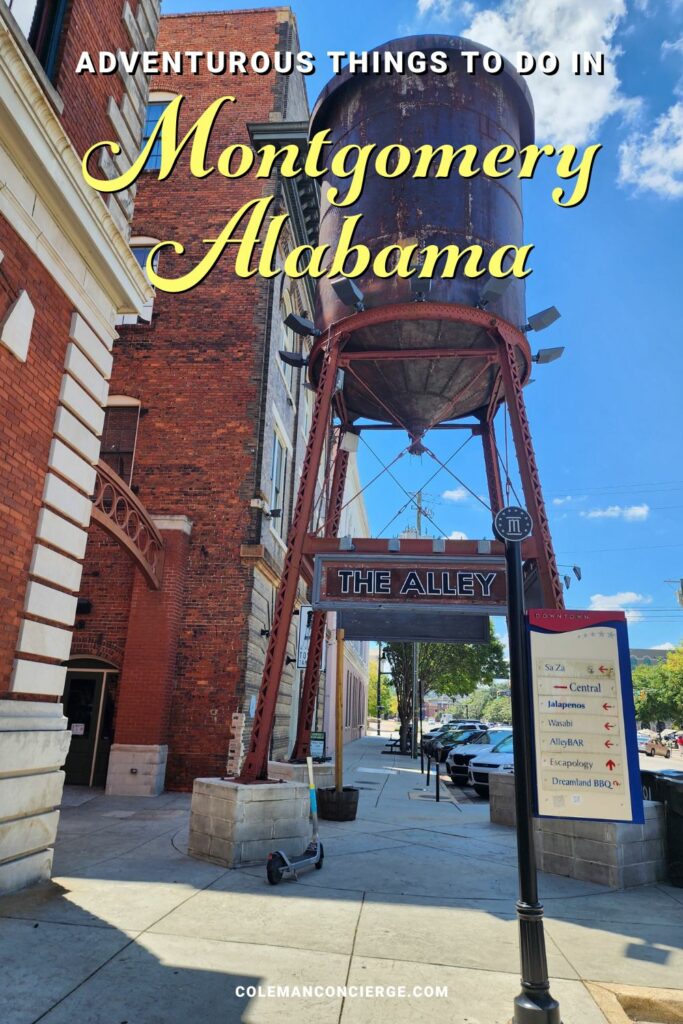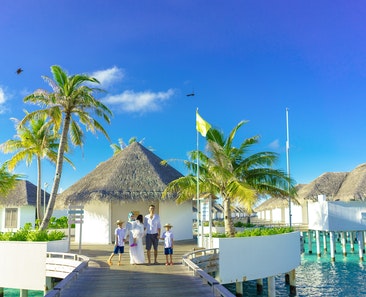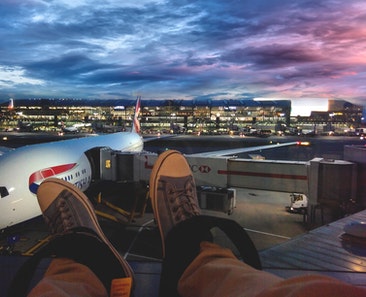Adventurous Things To Do In Montgomery Alabama
I was a whitewater guide for seven years in Washington State, but I never thought I would need those skills in Montgomery, Alabama. So, no kidding, there we were in Montgomery Whitewater, an urban whitewater course driven by massive recirculating pumps. But that’s not all a weekend trip to Alabama’s capital offers.
Incorporated in 1819, Montgomery has a complex and intriguing history. By the 1860s, it was a prosperous slave trading hub and home to the First White House of the Confederacy. By the 1960s, it was the epicenter of the Civil Rights Movement. You’ll be astounded by the diversity of things to do in Montgomery, from the historic downtown to Hank Williams harmony and, yes, whitewater rafting.
Raft Montgomery Whitewater

Montgomery Whitewater is only 15 minutes downtown but is one of the premier outdoor destinations in Alabama. It has a 1,600-foot Olympic-standard Competition Channel for serious thrills, and a 2,200-foot Creek Channel provides a more approachable experience. They also have low and high flow times for bigger, stronger rapids.
Your run starts like a log ride with a conveyor belt that takes you up to the top of the rapids. We had already done the entire park in inflatables at low water on Friday, but on Saturday, we were taking a six-man raft. The process is so efficient that I kind of felt bad for our guide, Cohan. Each cadre of new paddlers was just getting trained up before their rafting trip had elapsed.
He was a trooper—guiding us in and out of some pumping rapids and surfing the holes. He was even smiling when I saw him get ejected on a rapid he called Moe. We swirled around for what seemed like forever, but my video replay confirmed that it was less than 30 seconds. My old instincts came back, and I started barking commands. It took a couple of tries, but we got out of Moe’s grip, and Cohan could jump back in. Boy, I miss this stuff!
Stay Boutique Hotels and Explore The Alley
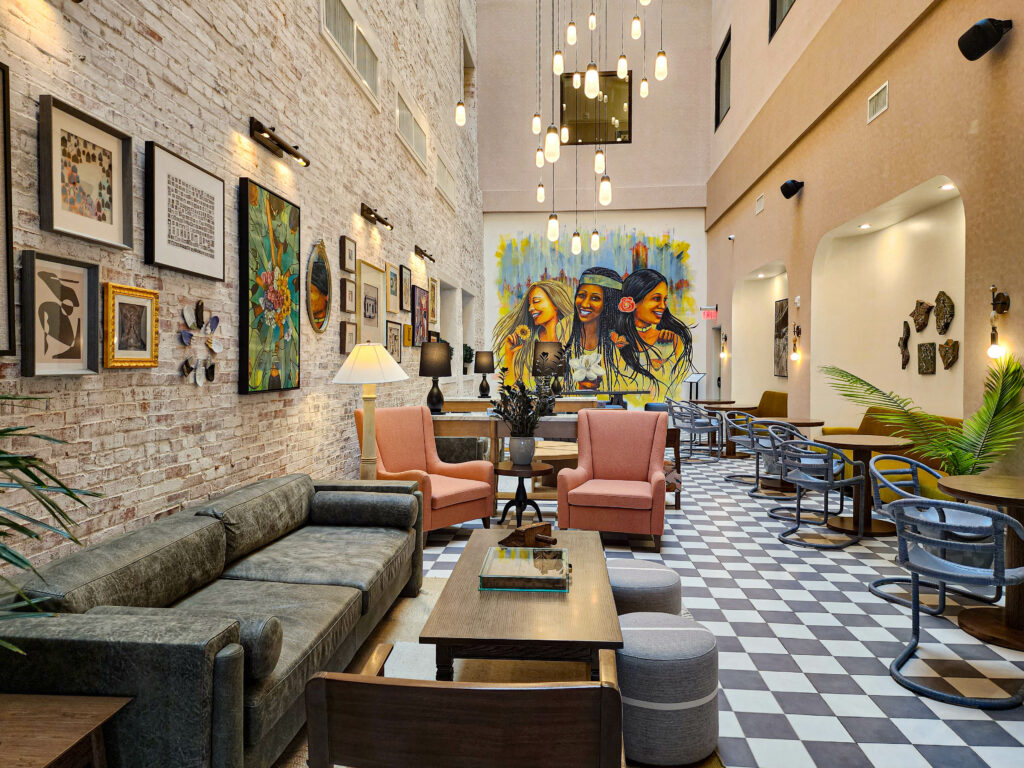
We stayed at the Trilogy Montgomery Hotel, an art-forward boutique hotel in the heart of Montgomery’s vibrant historic district. We loved that we could walk everywhere we wanted to go. If we didn’t feel like leaving the hotel, there was even the Waterworks Rooftop Bar and fine dining at the Kinsmith on premises.
Across the street was an urban hub ubiquitously called The Alley. It is filled with delicious restaurants like Jalapenos Mexican and Central Restaurant, touted as one of Montgomery’s best—and we agree! It was in the same complex as the Hank Williams Museum with the “Death Car,” the 1952 Cadillac convertible from Hank’s last ride that has found its way onto many odd and unusual travel lists.
Visit the Legacy Sites
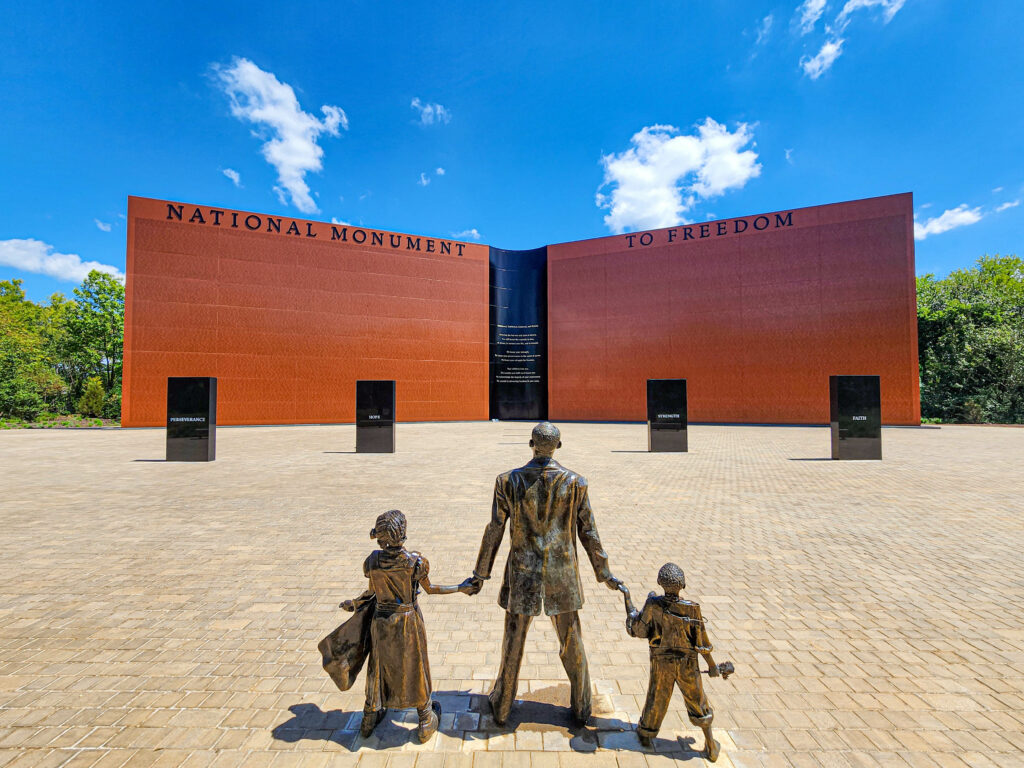
We were a short walk from the Legacy Museum, the anchor installation for Equal Justice Initiative’s Legacy Sites, which includes the National Memorial for Peace and Justice and the Freedom Monument Sculpture Park.
The Legacy Museum is a 400-year journey from enslavement to modern racial indifferences, utilizing interactive displays and cutting-edge art installations. The National Memorial for Peace and Justice is the nation’s first comprehensive memorial for victims of lynching and racial violence. It’s on a six-acre site that uses sculptures and art to contextualize racial terror and its modern legacy. The Freedom Monument Sculpture Park is on a 17-acre site that patrons can access with a 15-minute river cruise.
Sail On Montgomery River Cruises
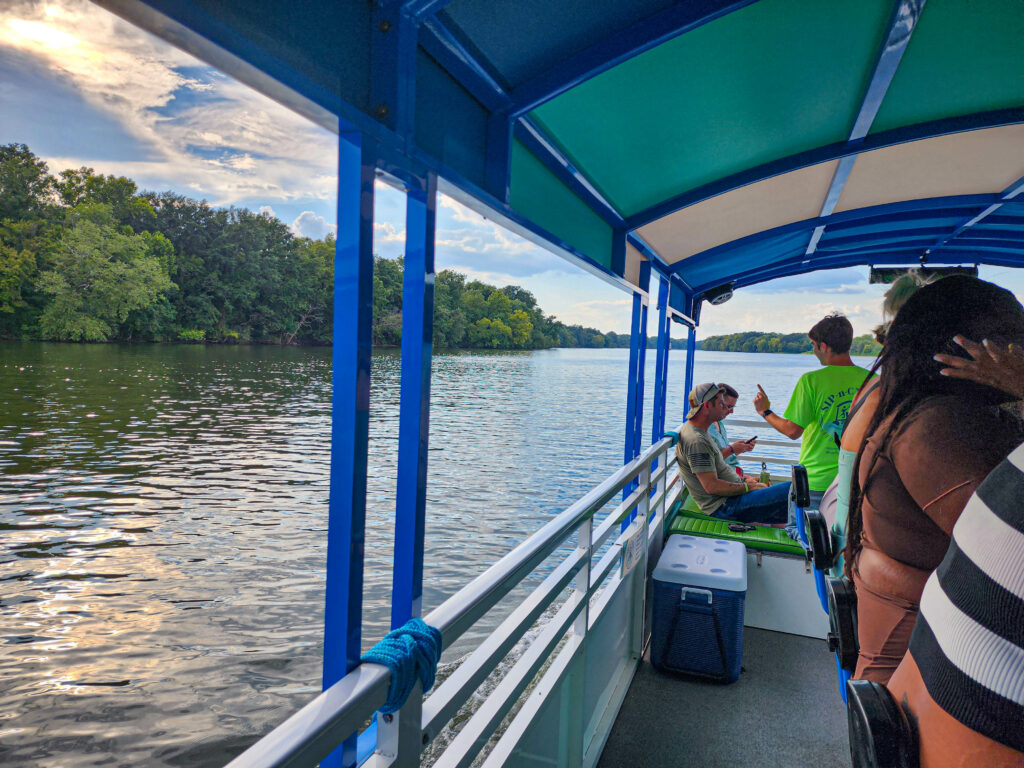
Montgomery has two river cruises that leave from the pier at Riverfront Park. The larger and more famous option is the Harriott II Riverboat. It’s an elegant 19th-century riverboat that offers dinner, dancing, and live entertainment.
We opted for the Montgomery Sip-and-Cycle Cruise, which was more sipping than cycling, to tell you the truth. After a perfunctory paddle from the pier, the captain turned on the engine, and it was smooth sailing from there. I don’t know if it was the fresh air or light exercise, but we docked hungry and enjoyed dinner at nearby Railroad Thai.
Discover Downtown Montgomery
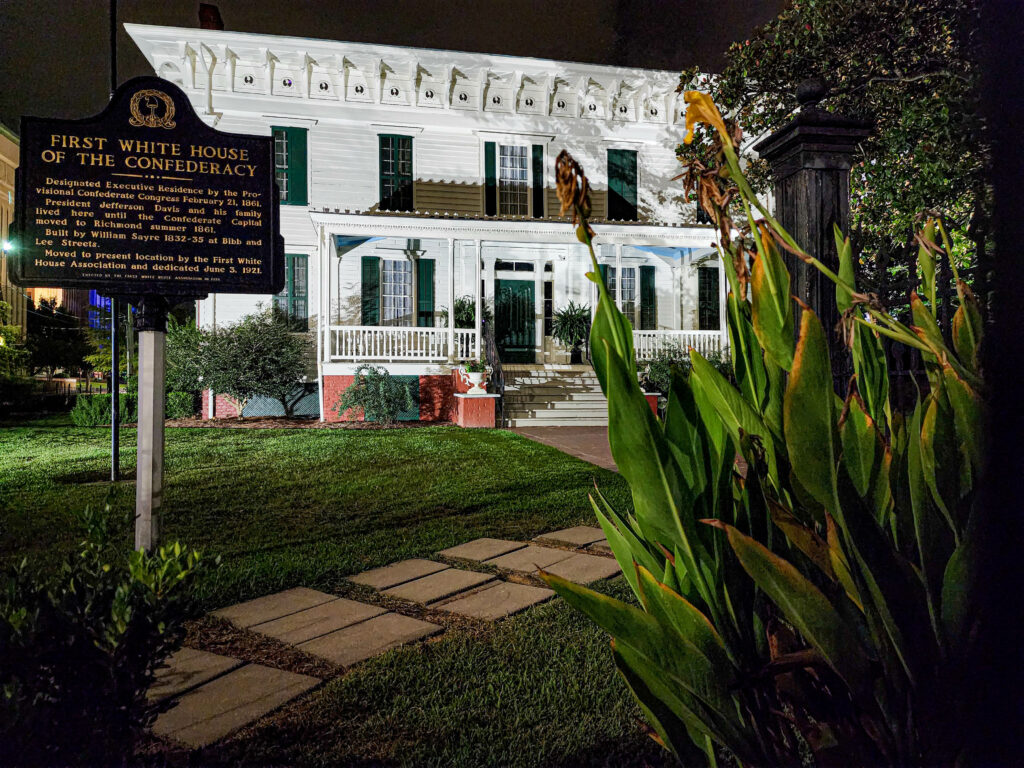
Every visitor should venture up Goat Hill to Montgomery’s civic center; we did it with Montgomery Morbid Wonders Ghost Walk. Montgomery has a dark past, which makes these noir tours an interesting way to spend midnight in Montgomery. Technically, it was an hour-long tour starting at eight, but there isn’t a song about that.
We started on the top of Goat Hill near the White House of the Confederacy and worked our way down Dexter Ave. We passed the Dexter Avenue Baptist Church, where Martin Luther King began his first full-time Pastorship, and continued down to Court Square Fountain.
Observe Court Square
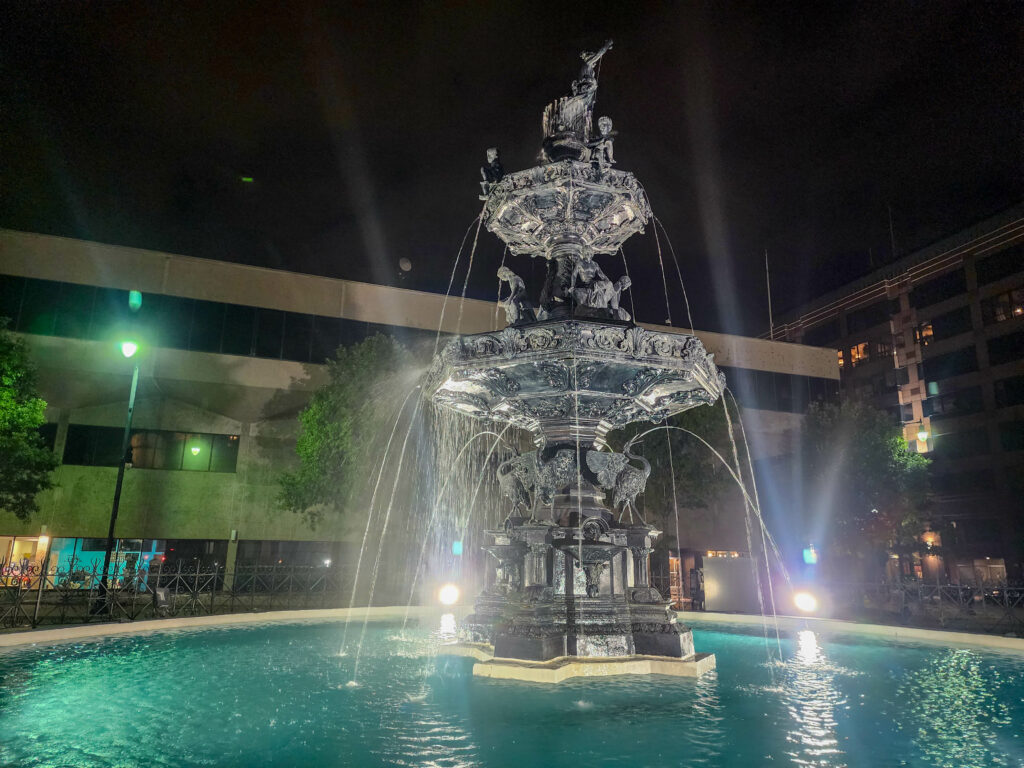
Court Square was fascinating because, in many ways, it was the heart of the slave trade and the Civil Rights Movement. Slaves were herded from the river to the square for action in underground passages. Right around the corner from the fountain is where Rosa Parks caught the bus for her historic ride.
If we could do it again, we would have walked to the start of our tour because Fountain Square was right around the corner from the Trilogy Hotel. We also would have eaten at Chris’ Hotdogs earlier in our trip because it sounded not only yummy and interesting on our tour but it is an iconic Montgomery eatery. Too bad it wasn’t open on Sunday before we had to leave.
Parting Thoughts on Montgomery Alabama
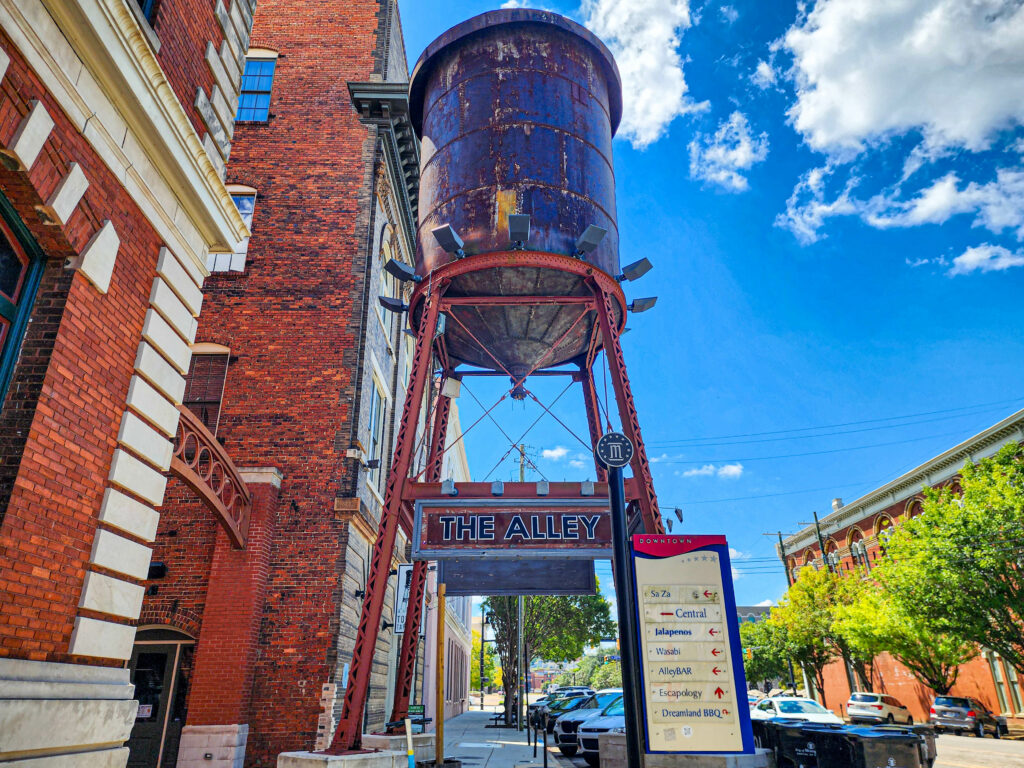
Montgomery makes a great weekend getaway with its deep history, walkable downtown, and active urban rival. It is less than three hours from Atlanta and two hours from Jackson, Mobile, or Birmingham.
We have definitely decided to make Montgomery Whitewater a regular stop every time we pass by. It’s a good thing they sell annual passes!
Disclosure: A big thank you to Alabama Tourism for hosting us and setting up a fantastic itinerary! For more Alabama travel inspiration, check out their Instagram, Facebook, X, and YouTube accounts.
As always, the views and opinions expressed are entirely our own, and we only recommend brands and destinations that we 100% stand behind.
Like it? Pin it for later on Pinterest!
